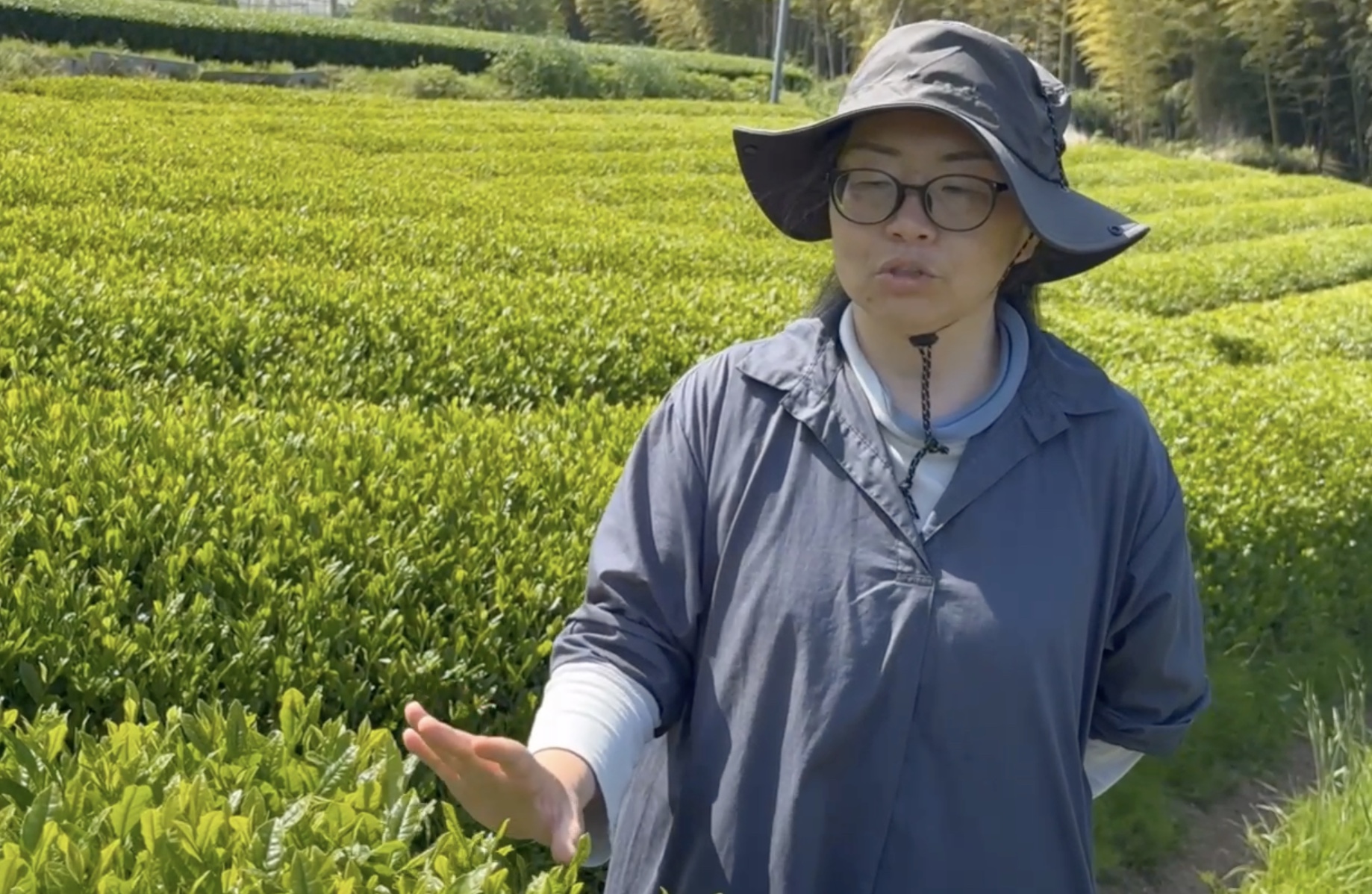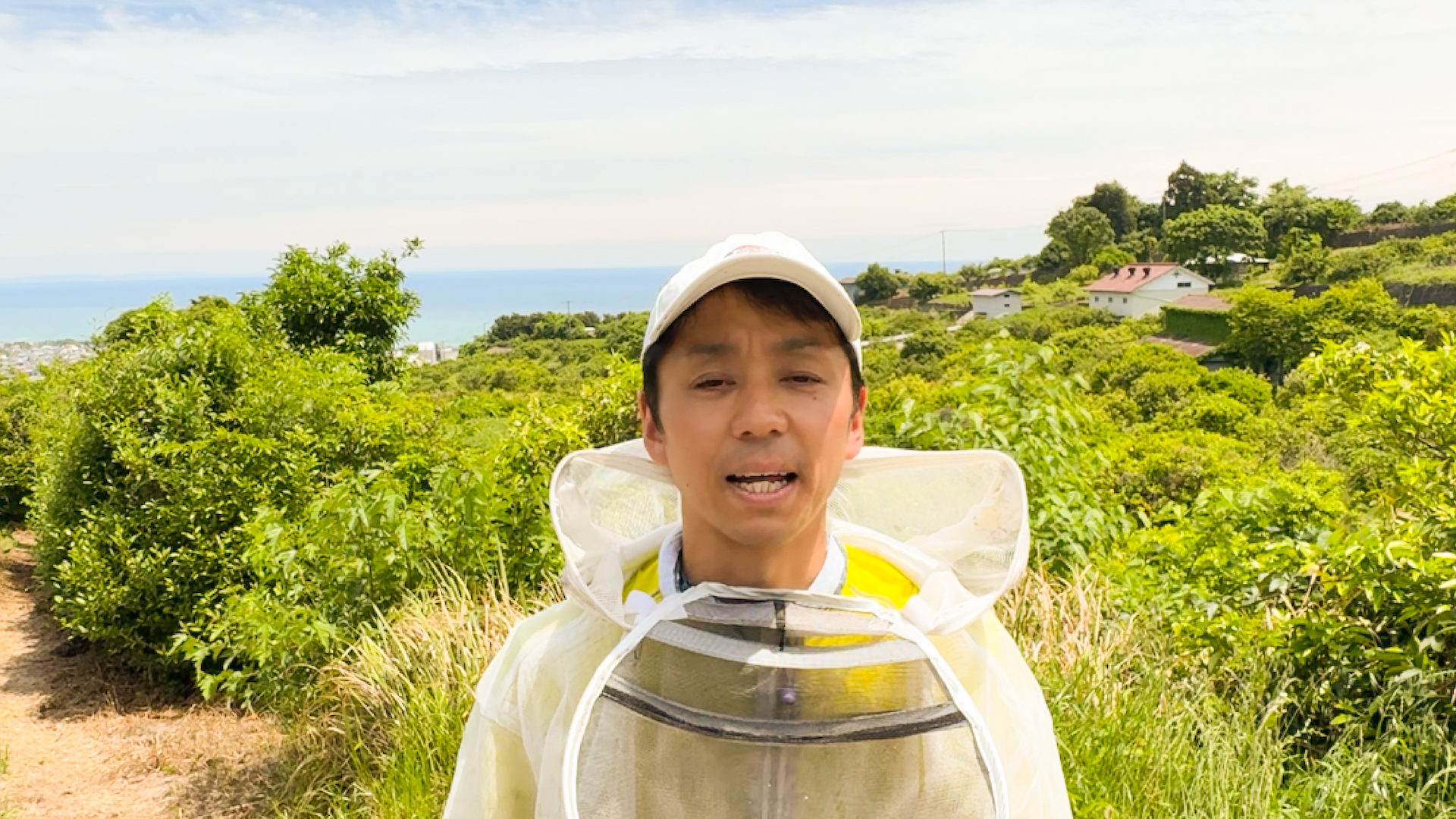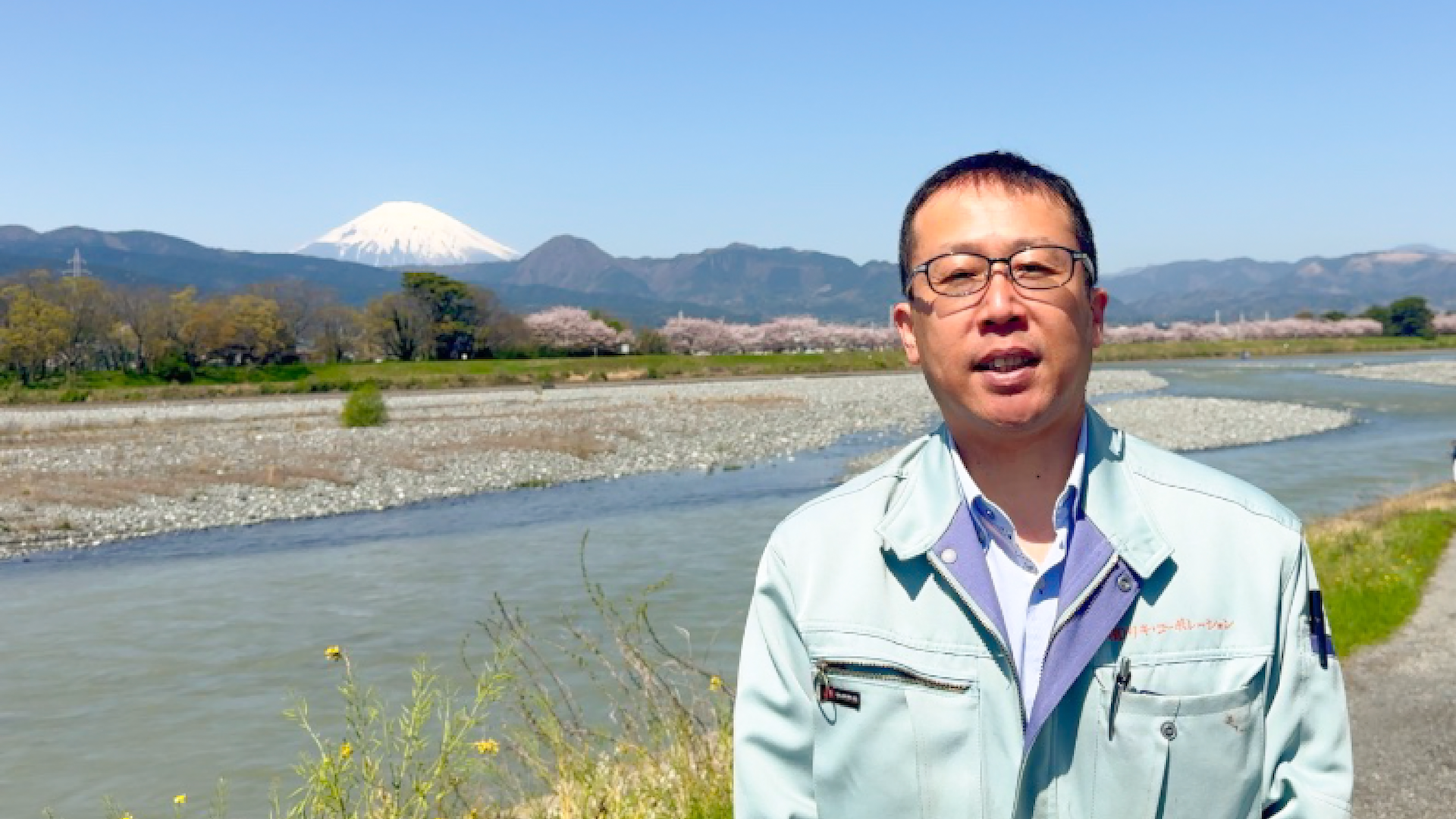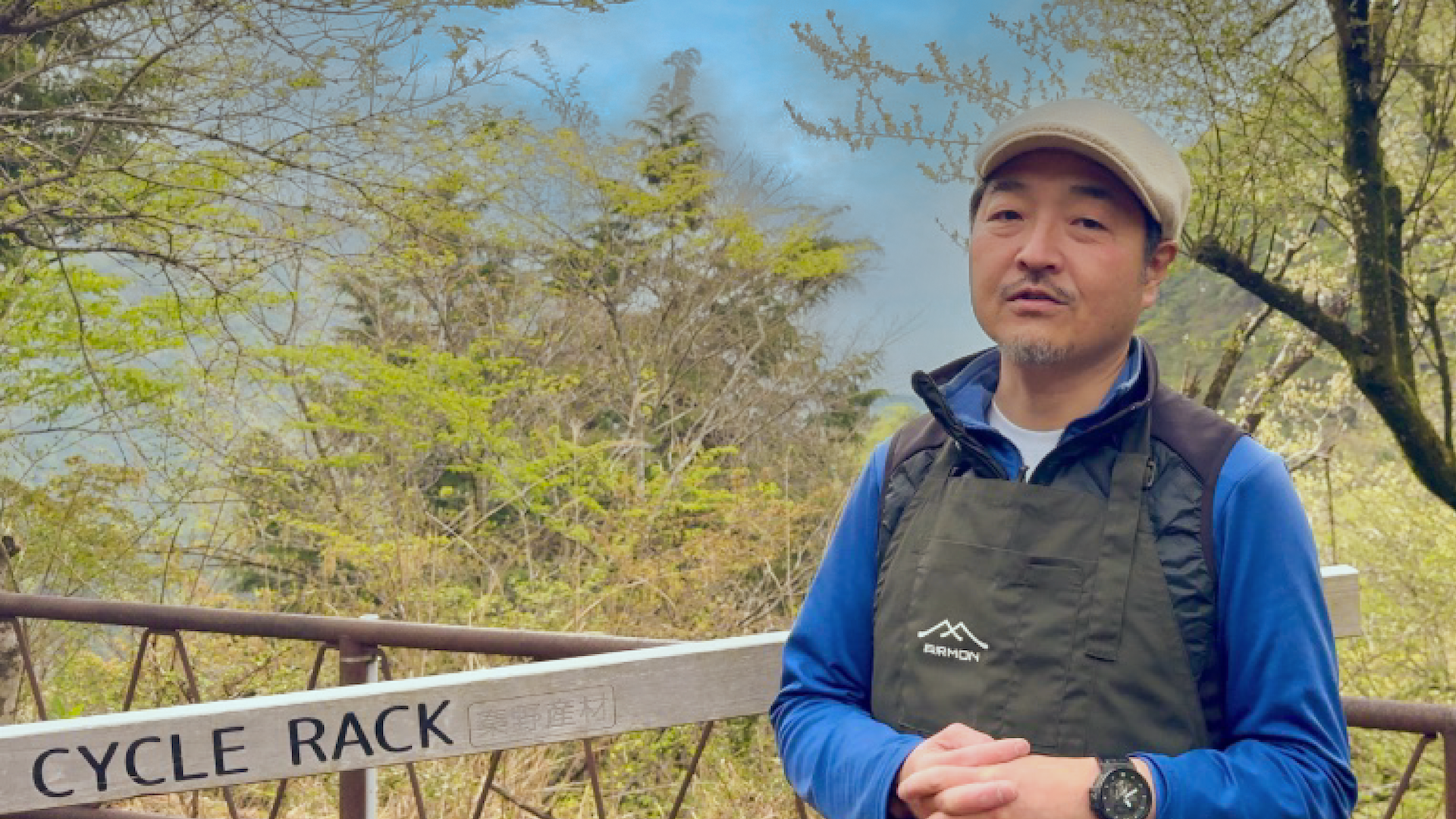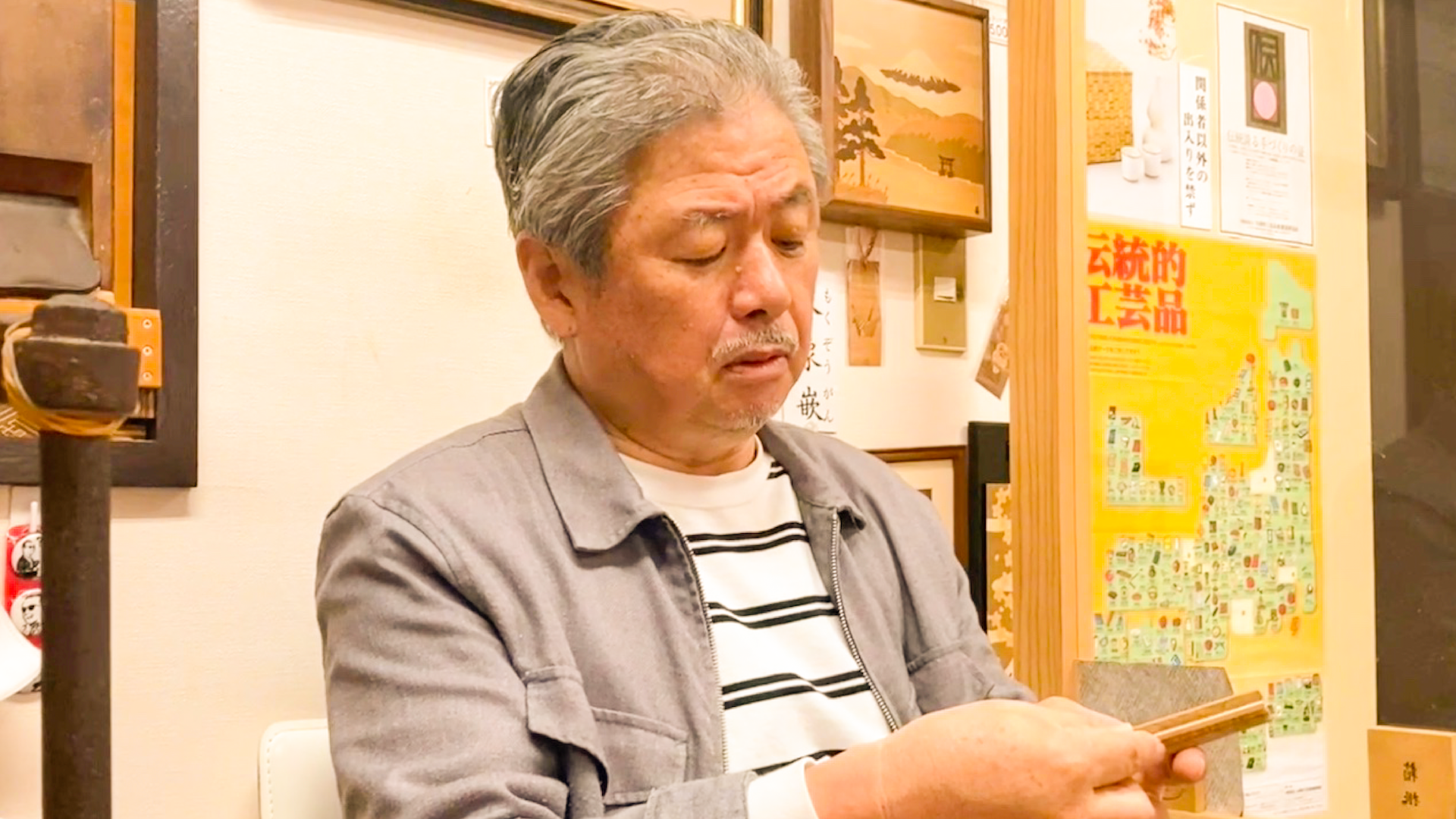Tokyo’s Mysterious Black Hot Springs: A Hidden Gem in the City
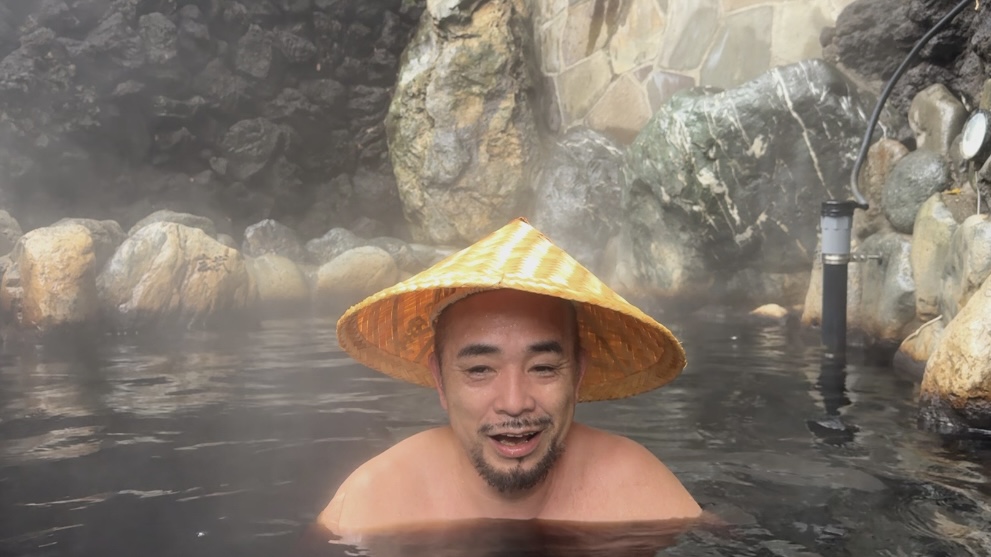
Tokyo is a global metropolis with millions of people, skyscrapers, and endless urban energy. But did you know that hidden within this vibrant city are natural hot springs with an unusual black color?
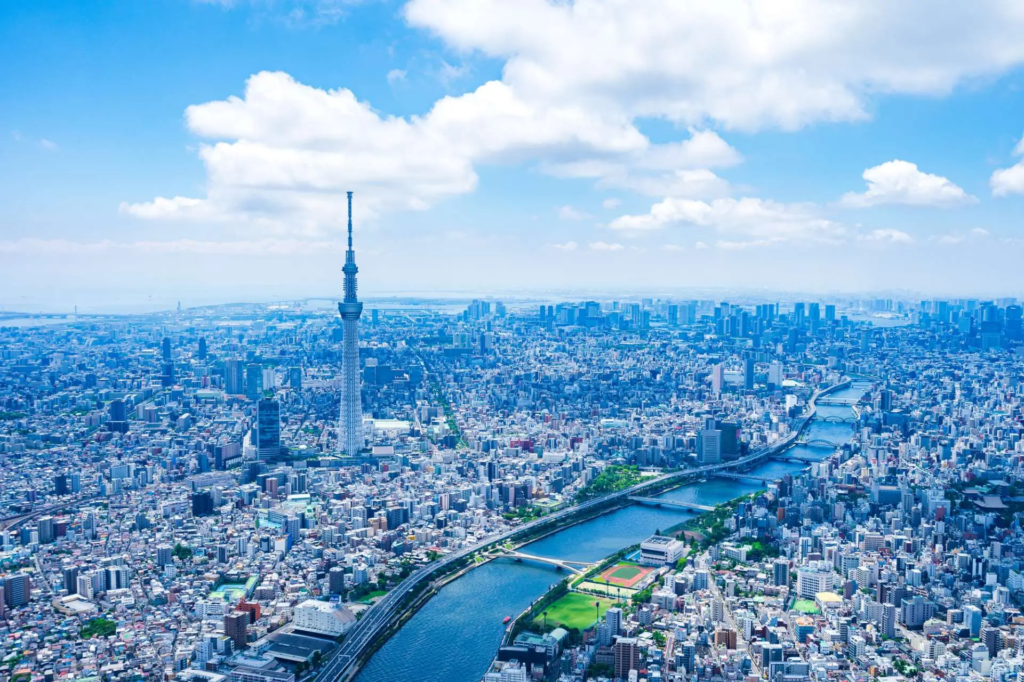
This time, Onsen Box explores Tokyo’s unique black hot springs (kuro-yu), a fascinating blend of history, wellness, and mystery.
Why is the Water Black?


Tokyo’s black hot springs are linked to the city’s ancient past. Millions of years ago, the area that is now Tokyo was covered by the sea. Over time, marine plants and shells accumulated, decomposed and transformed into humic substances, which give the water its dark brown to black color. Soaking in these baths is like immersing yourself in prehistoric history while enjoying a deeply relaxing experience.
Sento? or Onsen?
While Tokyo has many sento (public bathhouses) that use regular heated tap water, it also boasts numerous onsen (natural hot springs). The difference? Onsen must contain natural minerals or be at least 25°C at the source. Some sento also use natural hot spring water, which can sometimes confuse visitors.
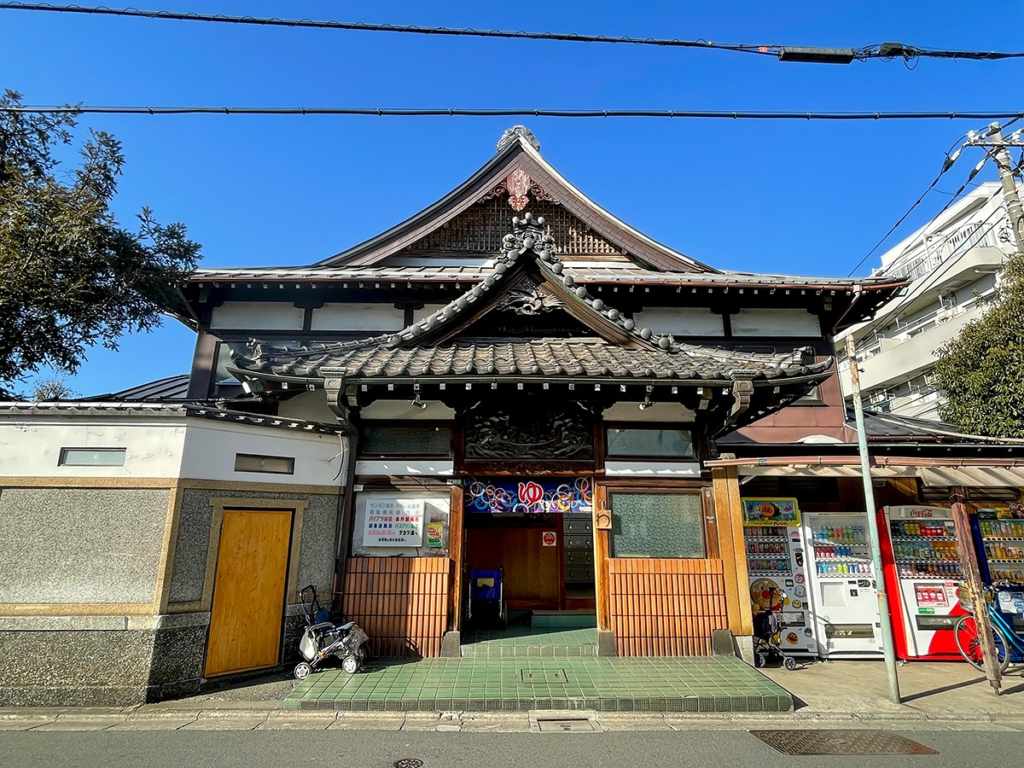
Affordable Relaxation – Only 550 Yen!
One of the biggest surprises for visitors is the price. In Tokyo, the standard fee for a sento is 550 yen, making it an incredibly affordable way to experience authentic Japanese bath culture. Compared to larger spa resorts that charge between 1,000 to 2,000 yen, sento are a true local experience. Many sento in Tokyo secretly use real hot spring water—if you look carefully, you’ll find plenty of them!
Today, we introduce two of our favorite black hot spring spots that offer the rare experience of natural, unaltered hot spring water (no added tap water)♨️
1. Kamata Onsen (Sento) – Ota City, Tokyo
Ancient Seaweed Turned into a Magical Black Bath
Located in Ota City, Kamata Onsen sits on what was once the seabed. During the Edo period, this area was famous for producing high-quality nori (seaweed). The nutrient-rich waters of the Tama River estuary and Tokyo Bay created the perfect conditions for seaweed farming. Some of this prized nori was even presented to the Shogun!


Over thousands of years, these seaweeds and marine plants transformed into the mineral-rich black hot spring water found today.
A Legacy of Nearly 100 Years
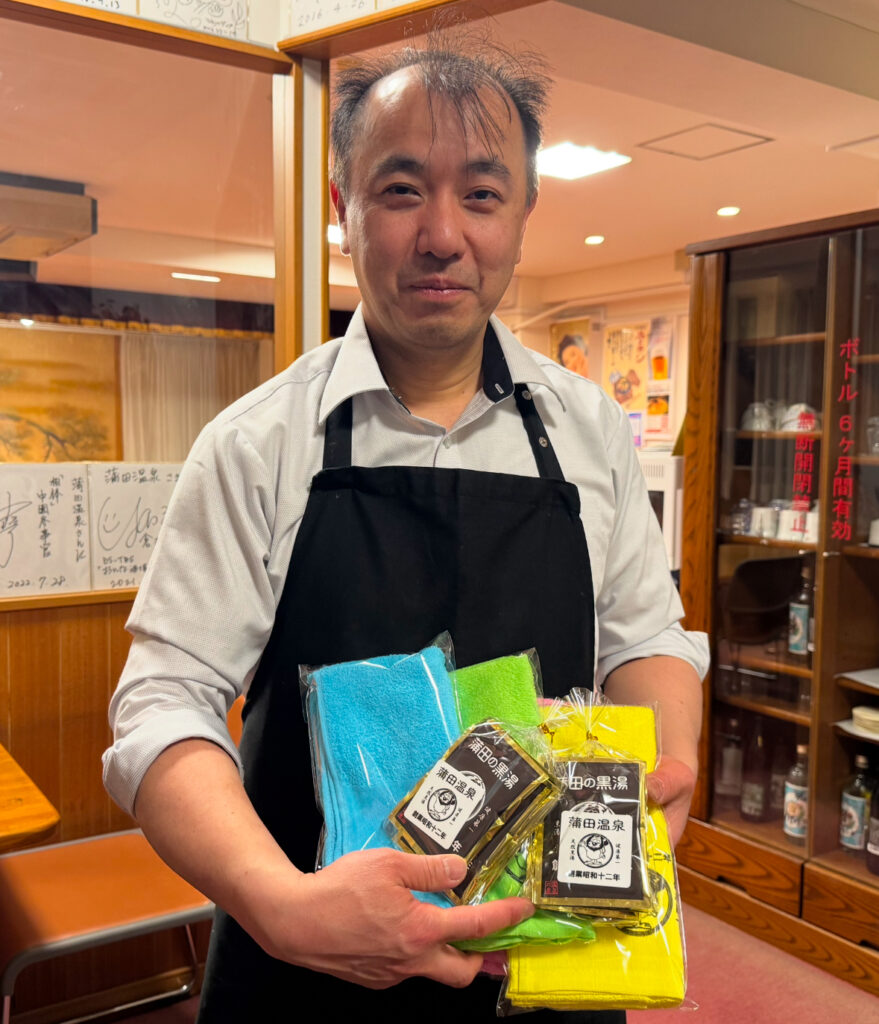
Opened in 1937, Kamata Onsen has been run by the same family for four generations. The current owner shares an interesting historical fact: “In the past, people in this area couldn’t drink well water because it was black! Instead, they used it for bathing. Thanks to modern research, we now know that black hot spring water has amazing health benefits, and our onsen remains as popular as ever.”
This century-old tradition continues to provide soothing, mineral-rich waters to visitors from all walks of life.
What to Expect?
- Super-rich black water – Surprisingly, it has no strong odor but gives your skin a smooth, moisturized feeling.
- Highly therapeutic effects – The water is sodium bicarbonate chloride-based (Moor Spring) with added bicarbonate gas, which enhances warmth and circulation.
- pH 7.9 – Unlike many hot springs in the Tokyo area that have a high salt content, Kamata Onsen’s water is gentle on the skin.
Website: Kamata Onsen
Entry Fee: 550 yen
Spring Type: Sodium Bicarbonate & Chloride Mineral Spring
pH Level: 7.9
2. Jindaiji Onsen (Hot Spring Facility) – Chofu, Tokyo
Fossilized Ammonites Discovered!
Chofu City, located in western Tokyo, is 15 km from Tokyo Bay. But just like Ota City, it was once part of the sea. During excavation, fossilized ammonites from hundreds of millions of years ago were found underground, proving that this area was once a thriving ocean.
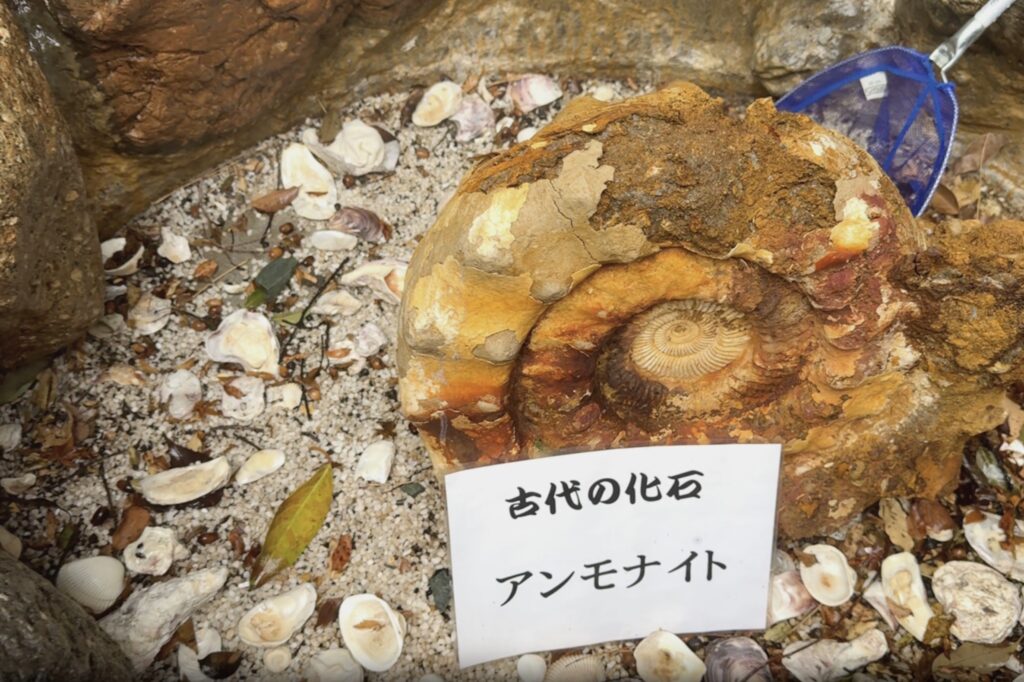
A Place for Meditation and Healing
Next to Jindaiji Onsen lies Jindaiji Temple, the second-oldest temple in the Kanto region. The area is famous for its pure spring water, which has supported a thriving soba noodle culture for centuries. Before soaking in the hot spring, take a moment to explore the historic temple, admire the Buddhist statues, and enjoy mindful breathing in the tranquil environment.

A Full Wellness Experience
Unlike Kamata Onsen, Jindaiji Onsen is a full-scale hot spring resort with indoor and outdoor baths, saunas, and rest areas. It’s the perfect place to recharge after a long journey.
- 100% natural black hot spring water – No added tap water, preserving the full mineral content.
- Salt-balanced water – The minerals are similar to the body’s natural saline levels, making it perfect for long, relaxing soaks.
- Rich in humic acid – The water comes from 1,500 meters underground, containing decomposed kelp and ferns, which help prevent oxidation and keep the water full of natural healing minerals.
Entry Fee: 1,080 yen
Spring Type: Sodium Bicarbonate & Chloride Mineral Spring
pH Level: 8.0
Benefits: Smooth skin, muscle relief, improved circulation, and relaxation
Website: https://www.yumorinosato.com/
Final Thoughts ♨️♨️













